Fiber Optic Cable vs Twisted Pair Cable vs Coaxial Cable
Fiber optic cable, twisted pair cable and coaxial cable are three major types of network cables used in communication systems. Each of them is different and suitable for different applications. Since each of them can be equally applied into network communication, how they distinct from each other in terms of features and specifications? What’s the differences between performance and capacity when it comes to fiber optic cable vs twisted pair cable vs coaxial cable?
Fiber Optic Cable
Fiber optic cable, also called as optical fiber cable, is a type of Ethernet cable which consists of one or more optic fibers that are used to transmit data. Fiber optic cable transmits data as pulses of light go through tiny tubes of glass. The transmission capacity of optical fiber cable is 26,000 times higher than that of twisted pair cable.
Fiber optic cable can be divided into single mode fiber (SMF) and multimode fiber (MMF). Single mode optical fiber has a small core, and only allows one mode of light to propagate at a time. While multimode fiber cable comes with a larger core and is designed to carry multiple light rays or modes at the same time. The common single mode fiber cable is OS2 cable, and multimode fiber cable is OM1, OM2, OM3, OM4, and OM5. And the transmission distance of single mode fiber cable is up to several kilometers, while the multimode fiber is up to 550 meters over 10G network. To know more details about fiber optic cable types, working principle and installation tips, please read: Fiber Optic Cable Guide: Fiber Optic Cable Types and Installation
Twisted Pair Cable
Twisted pair cable is often used for telephone communications and most modern Ethernet networks. It is a kind of wiring in which two conductors of a single circuit are twisted together. A pair of wires forms a circuit that can transmit data. And the pairs are twisted together to provide protection against crosstalk, the noise generated by adjacent pairs.
There are two types of twisted pair Ethernet cable: unshielded twisted pair (UTP) and shielded twisted pair (STP). The commonly used UTP copper cable is Cat5, Cat5e, Cat6, Cat6a and Cat7. The STP copper cable has a foil-wrapped outside on each pair of wires. The four pairs of wires then are wrapped in an overall metallic braid or foil, usually 150-ohm cable. STP cable has a better capacity of resisting noise than UTP cable, even if both of them can be used in 10GBASE-T. Know the difference between UTP and STP cable in 10GBASE-T network: UTP or STP Cables for 10GBASE-T Network?
Coaxial Cable
Coaxial cable, or coax cable, is designed to transmit high-frequency signals. It’s comprised of a round copper conductor and three layers of insulation and shielding which prevents crosstalk from motors, lighting and other sources of EMI. With the shield construction, the coaxial cable can support longer cable lengths between two devices.
There are a number of different types of coax, but only two—RG59 and RG6—get the most use in residential applications. The name “RG” dates back to World War II and means “radio guide” which doesn’t have really signify anything today.
Fiber Optic Cable vs Twisted Pair Cable vs Coaxial Cable: What’s the Difference?
Except for the construction differences of fiber optic cable vs twisted pair cable vs coaxial cable, these three types of cables distinguish from each other in cable performance and capacity.
Speed, Bandwidth & Distance
Coaxial cable and twisted pair cable are copper or copper-based wire surrounded by insulation with other materials. Both of them can transmit television, telephone and data with electrical signals. While fiber optic cable can deliver the same types of signals with much wider bandwidth, faster speed and higher frequencies. It’s made of very thin, pliable tubes of glass or plastic.
Cable Price
In general, fiber optic cable is more expensive than copper cable due to its high performance and capacity. However, in the cable market, the price of fiber optic cable, twisted pair cable and coaxial cable varies from different suppliers and vendors. Before buying these cables, making a careful comparison is important.
Installation
Though optical fiber cable offers a big benefit in terms of the flexibility of bandwidth and reliability, but it’s not as widespread as coaxial cable or twisted pair cable. And fiber is fragile and thinner than twisted pair cable and coaxial cable, which make it need more cares to install, operate and maintain. Compared with twisted pair cable, coaxial cable can reach longer distance. However, due to the dielectric insulator around the core copper in coaxial cable, it’s difficult to install and maintain coaxial cable.
Application
Fiber optic cables are not only installed to support long-distance connections between cities and countries, but in suburban neighborhoods for direct access like the FTTH, FTTP, FTTB, FTTC, etc., which is called “last mile” installations. And they are widely used in data centers where a large volume of data needs to be transmitted.
Twisted pair cables are majorly used in telephone networks, data networks and cable shielding. Applications of coaxial cable include feedlines connecting radio transmitters and receivers with their antennas, computer network (Internet) connections, digital audio (S/PDIF), and distributing cable television signals. And they also can be used for high-definition media interface connections.
Summary
In sum, there are obvious differences among fiber optic cable vs twisted pair cable vs coaxial cable. Fiber optics seem to become the trend for the increasing demand of the market as the technology develops fast. However, whether to choose twisted pair cables, coaxial cables or fiber optic cables still depends heavily on applications, which is subject to the cost, transmission distance and performance.
Source: community.fs
Related products...
fiber-optic-cable
Shahid Ghandi optical fiber 36 core, (6*6), Single mode, OBUC
fiber-optic-cable











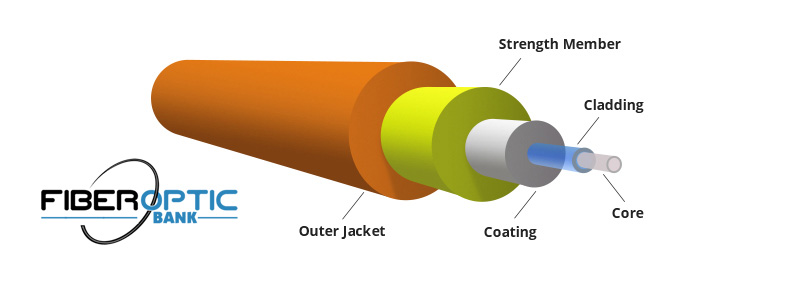
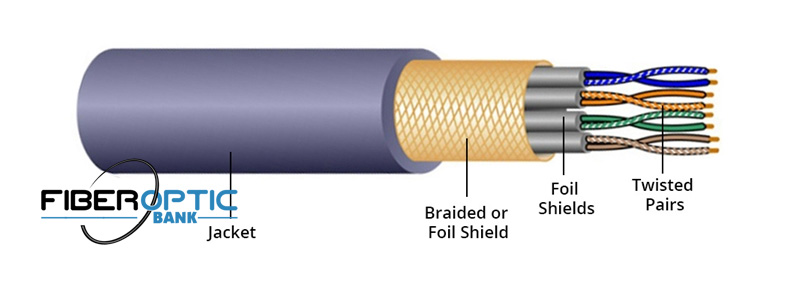
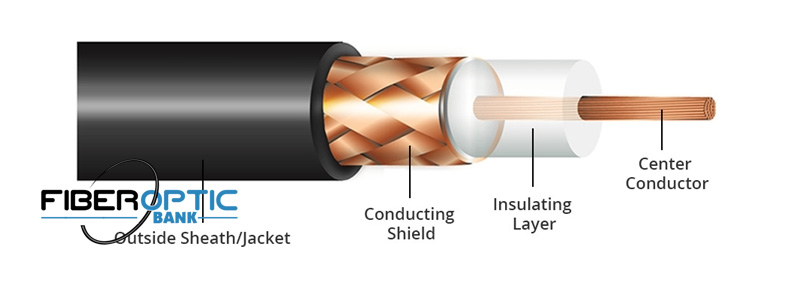

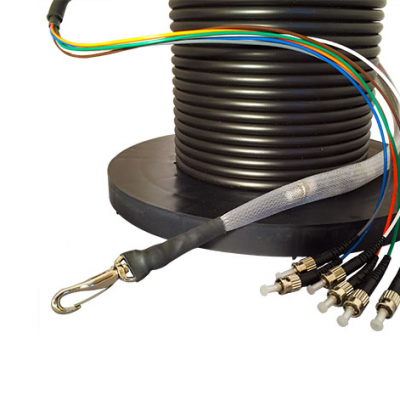
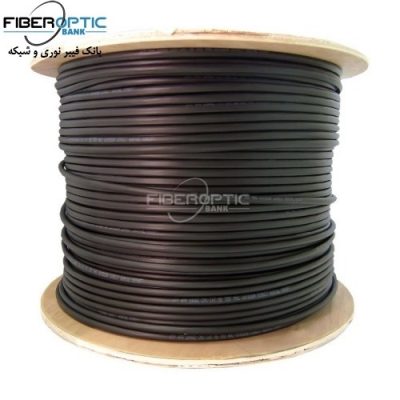

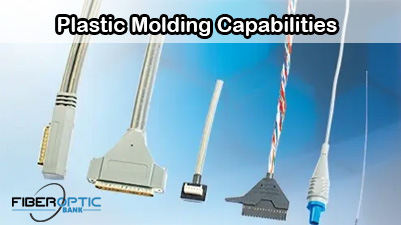
[ratings]